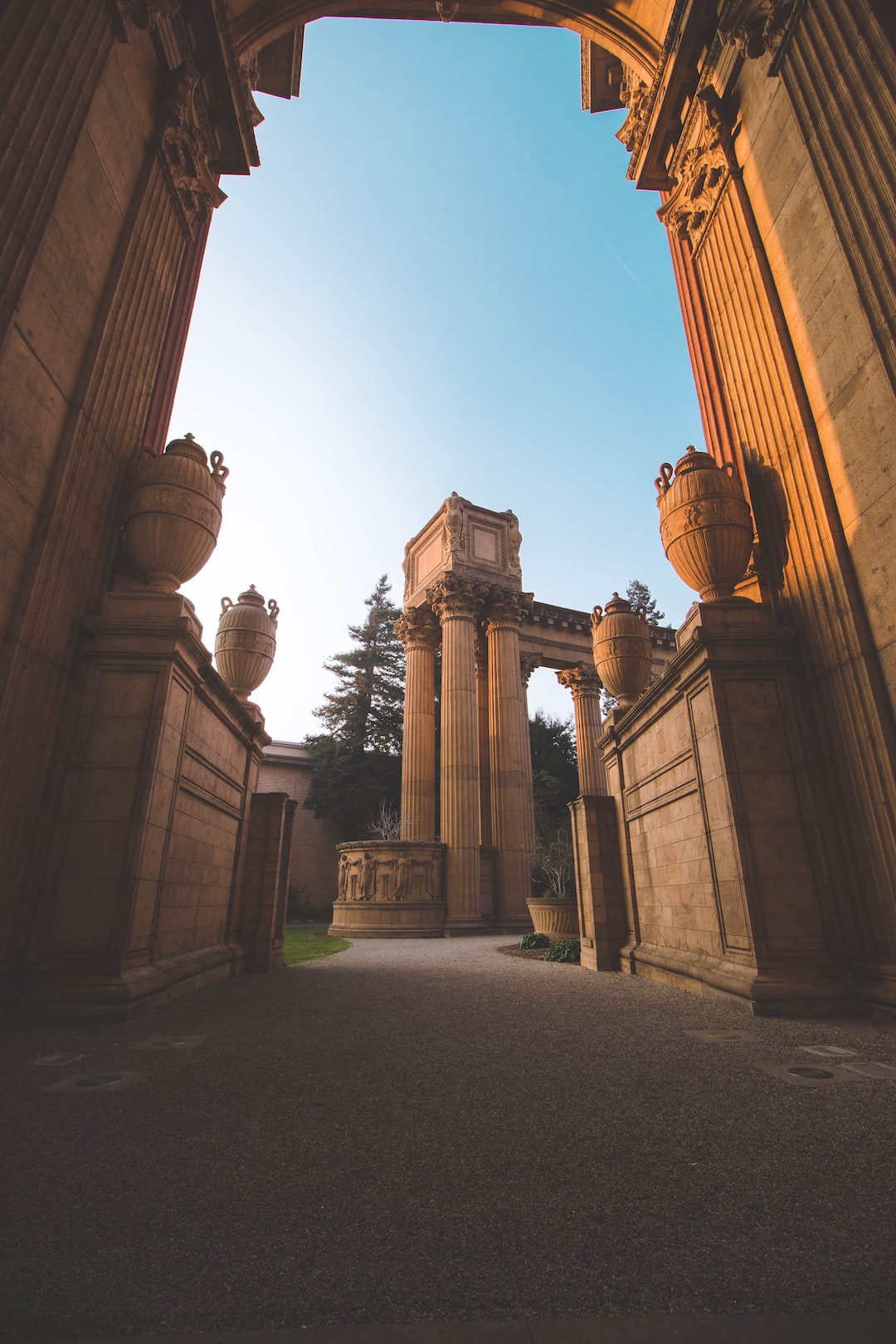Discovering the Art of Ceramics: From Functional to Sculptural
Ceramics, one of the oldest forms of art, has been an integral part of human civilization for thousands of years. From humble vessels used for practical purposes to intricate sculptures that captivate the eye, ceramics have the ability to transcend boundaries and ignite a sense of wonder. In this blog post, we will delve into the world of ceramics, exploring its journey from functional objects to sculptural masterpieces.
Throughout history, ceramics have served a utilitarian function in different cultures and civilizations. From bowls, vases, and plates to teapots and jugs, ceramics were crafted for everyday use. These pieces were not only practical, but they also reflected the cultural values, traditions, and artistic sensibilities of the people who created them. In ancient China, for example, porcelain was highly regarded and its mass production revolutionized the way ceramics were made. The delicate blue and white motifs of Chinese porcelain became a symbol of wealth and prestige, treasured by collectors all over the world.
As time went on, ceramics began to evolve from purely functional objects to works of art that enchanted and intrigued viewers. Artisans began experimenting with different techniques, glazes, and forms, pushing the boundaries of what was considered traditional. The field of ceramics transformed from a craft to an art form, capturing the attention of artists and collectors alike.
One of the most renowned ceramic art movements was the European Art Nouveau in the late 19th and early 20th centuries. Artists such as Emile Gallé, René Lalique, and Édouard Colonna embraced the fluidity and organic forms of nature, incorporating these elements into their ceramic creations. The decorative and sculptural qualities of their works blurred the lines between functional and artistic ceramics, leading to a renaissance in the medium.
Fast forward to the present day, and ceramics have become a platform for artists to explore their creativity in myriad ways. The boundaries of function and form continue to blur as artists experiment with unconventional materials, techniques, and concepts. Ceramics are no longer confined to traditional shapes and purposes; they have become a medium to challenge and provoke our notions of art.
From whimsical animal sculptures to abstract installations, contemporary ceramics have taken on a new life. Artists like Ai Weiwei and Grayson Perry have gained international acclaim for their innovative and thought-provoking ceramic pieces. With its versatility, ceramics allow artists to express their ideas and narratives in a tactile and visually stimulating manner.
The process of creating ceramics requires patience, precision, and skill. From shaping the clay on a potter’s wheel to glazing and firing, each step of the process contributes to the final outcome. The hands-on nature of ceramics creates a deep connection between the artist and the artwork, making it a deeply personal and expressive medium.
Beyond its aesthetic appeal, ceramics also hold cultural and historical significance. Pottery fragments found by archaeologists provide valuable insights into ancient civilizations and their way of life. Ceramics are not merely objects to be admired, but also windows into our past, reminding us of the beauty, creativity, and ingenuity of human beings.
In conclusion, ceramics, once used purely for practical purposes, have transformed into a powerful art form that celebrates the creativity and imagination of artists. From functional vessels to sculptural masterpieces, ceramics continue to captivate and inspire us with their beauty and versatility. Whether it be through traditional craftsmanship or contemporary experimentation, ceramics hold a timeless place in the world of art. So, take a moment to appreciate the art of ceramics and let yourself be transported into a world of creativity and wonder.
